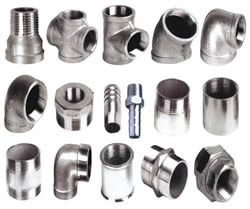Difference between Brittle and Malleable
Key Difference: Brittle materials are hard but easily broken. On the other hand, malleable materials do not break or crack easily.
Brittle and malleable are opposite terms. Though they both used to refer to materials, the materials themselves are handled differently.
 Brittle materials are usually steely or a soft material. The materials like plastic, bronze, and toffees, are some of its types. Though, brittle is hard, it doesn’t require any effort to break into pieces. It doesn’t require any strength. Brittle can be any solid material which can break easily like non-metal materials: CD’s, DVD’s, etc.
Brittle materials are usually steely or a soft material. The materials like plastic, bronze, and toffees, are some of its types. Though, brittle is hard, it doesn’t require any effort to break into pieces. It doesn’t require any strength. Brittle can be any solid material which can break easily like non-metal materials: CD’s, DVD’s, etc.
Dictionary.com defines ‘Brittle’ as:
- Having hardness and rigidity but little tensile strength; breaking readily with a comparatively smooth fracture, as glass.
- Easily damaged or destroyed; fragile; frail: a brittle marriage.
- Lacking warmth, sensitivity, or compassion; aloof; self-centered: a self-possessed, cool, and rather brittle person.
- Having a sharp, tense quality: a brittle tone of voice.
- Unstable or impermanent; evanescent.
Generally, the brittle strength of a material is increased by pressure. Thus, the chances of cracking the material are little less expected. The brittle materials are mostly of steel or plastic.
 Malleable materials are able to be hammered into thin sheets; that is they are capable of being extended or shaped by beating with a hammer, or by the pressure of rollers. They are very flexible and are not required to be handled with care like brittle materials.
Malleable materials are able to be hammered into thin sheets; that is they are capable of being extended or shaped by beating with a hammer, or by the pressure of rollers. They are very flexible and are not required to be handled with care like brittle materials.
Dictionary.com defines 'Malleable' as:
- Capable of being extended or shaped by hammering or by pressure from rollers.
- Adaptable or tractable: the malleable mind of a child.
- (esp. of metal) able to be worked, hammered, or shaped under pressure or blows without breaking able to be influenced; pliable or tractable
Malleable is that material that instead of changing its shape, it becomes flat like a sheet. Copper is a malleable material, which one can very easily convert into sheet by repeated hammering. The malleable materials have a tendency of converting to thinner materials like plates and wires.
Glass is brittle but plastics are malleable. Thus, brittle materials are not changed according to one's wish, whereas, malleable materials can be adjusted according to the circumstances.
Image Courtesy: sciencedaily.com, sealing-gaskets.com









Add new comment